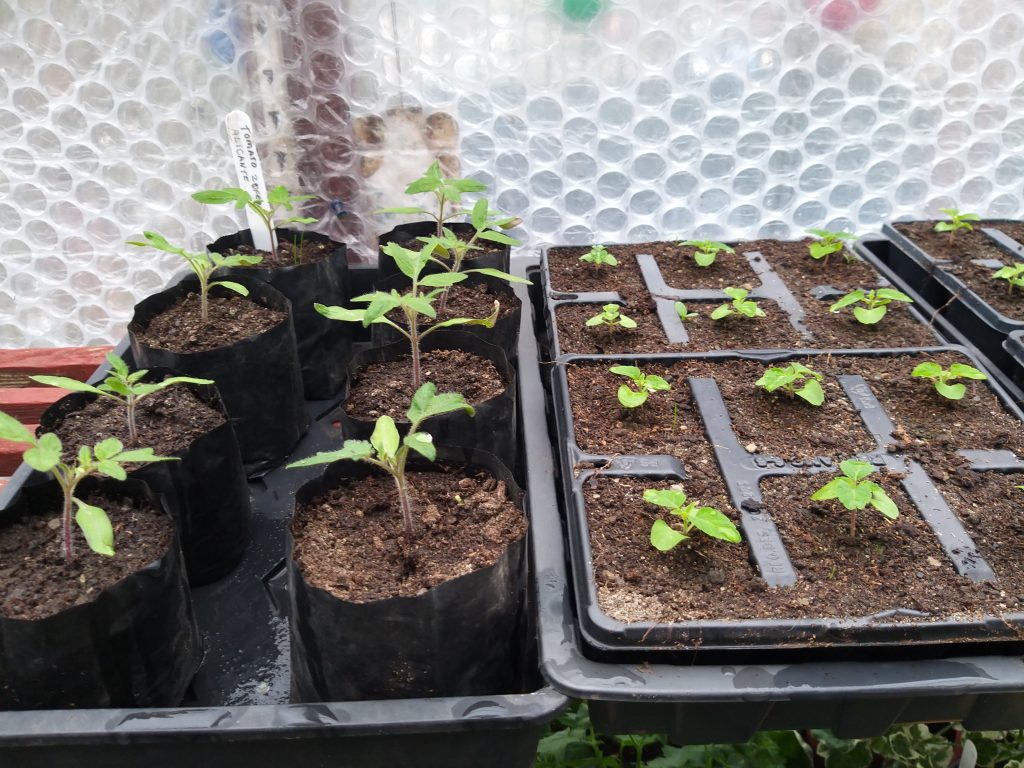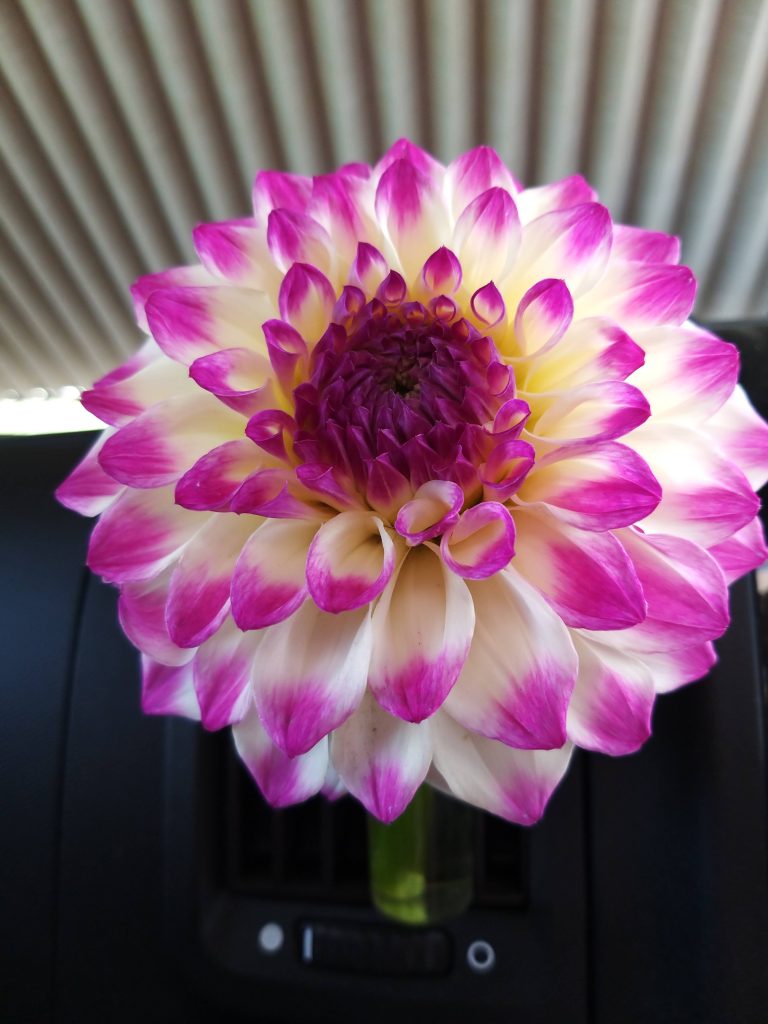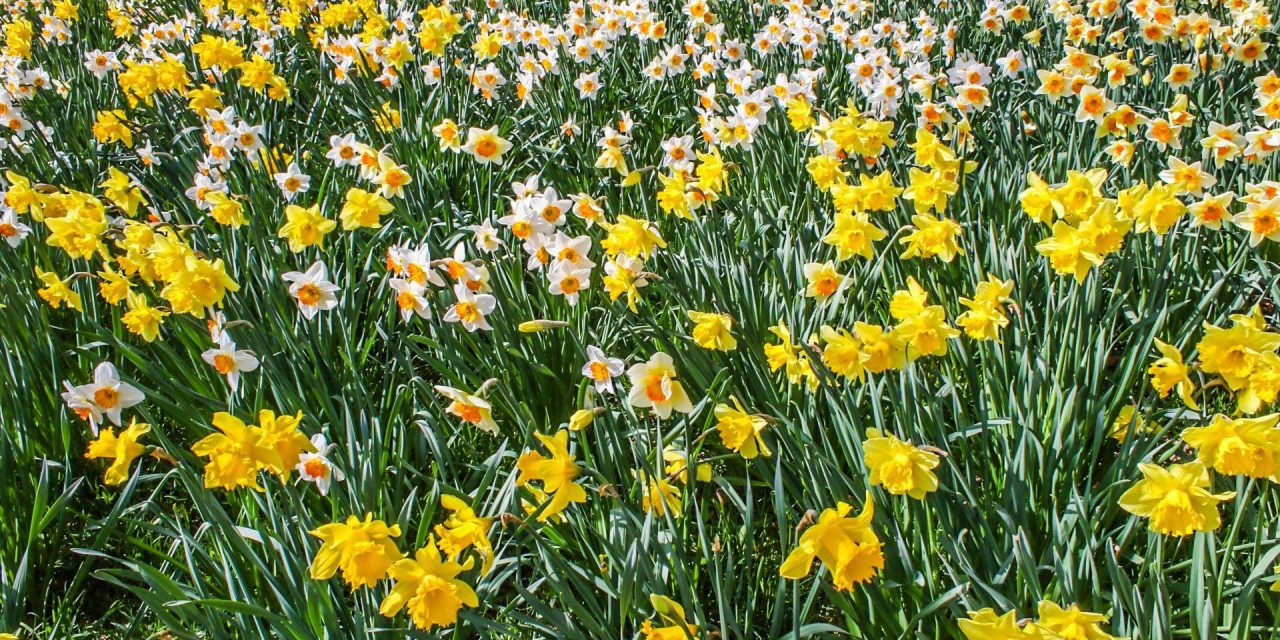“Now that the winter’s gone, the earth hath lost
Her snow-white robes, and now no more the frost
Candies the grass, or casts an icy cream
Upon the silver lake or crystal stream;
But the warm sun thaws the benumbed earth,
And makes it tender; gives a sacred birth
To the dead swallow; wakes in hollow tree
The drowsy cuckoo and the humble-bee.
Now do a choir of chirping minstrels bring
In triumph to the world the youthful spring.”
– Thomas Carew, The Spring, 1630
By Gordon the Gardener
‘Winter has gone,’ wrote Tomas Carew in 1630. But in the wet and cold Spring we have been having so far this year, it hasn’t felt like it. Light levels have been very low with sunlight restricted to a few mornings.
Seedlings which are under my grow light have fared better but those seedlings out of it have been straining themselves to find light.
As stated before in these columns all plant life needs water; heat and light. All are equally essential; all three elements are required for growth. So let’s hope for Spring. Soon!
Cyclamen coum I mentioned last month is still in flower. They have been enjoying an extended flowering season, as have early daffodils due to the cold, wet and dull Spring. But they are in their magnificent splendour so that’s one benefit at least!
We can look forward to the next harbinger of Spring – tulips in all their glory, they never let us down.
There is another Autumn flowering species that is also worth planting now Cyclamen hederifolium which is identical to Cyclamen coum, and can be planted now 10in (254mm) apart. Given time they will spread naturally, and again are perfectly hardy.
Given the wet and cool Spring, there is still a chance to plant bare-rooted hedges and rose trees, as mentioned in February. And there is still time for roses be pruned.

Consider growing dahlias. You don’t need many plants to get a good show, ones such as ‘Formby Art’ (pictured below) are a delightful inclusion to any garden.
Leeks and sweet peas grown in a greenhouse should be hardened off before planting. They should then be placed in a cold frame. Give them air by wedging open the cold frame on non-frosty days.
Gradually more and more air can be given until the cold frame lights (tops) can be removed entirely during the day. Then replace them at night.
If frost is forecast the whole frame should be covered up with fleece or even old carpet if the frost is expected to be severe as in the hard frost we had throughout April 2021.
The above hardening off process should be applied for all plants – bedding plants in particular. Sweet Peas should be stopped (a small bit taken off the top) when a few inches in length. This encourages the plants to bush out. Potatoes can also be planted, as described last month.

If you have a greenhouse or frost-free area, bedding plants – if you have sown your own – can be picked out into cells, as sold by producers, preferably using John Innes potting compost.
Alternatively, small plug plants can be purchased and treated likewise. But take care not to over water. If in doubt don’t water until you are sure it is needed, as too much water can cause your loved young plants to rot off.
Sowings of vegetables such as cabbage, cauliflower and spinach can be made in the greenhouse. Also climbing French beans, such as ‘Crimson Lake’, can be sown in small pots of John Innes compost, 2in (5cm) deep in late April. French beans should have the same soil preparation as above for leeks.
Harrogate Spring Flower Show will be running from April 20-23. Located at the Great Yorkshire Showground, the show features beautiful show gardens and a great array of plants and sundries will be available.
By then Thomas Carew should be right…
READ MORE: Catch up on Gordon the Gardener’s monthly blogs HERE


















